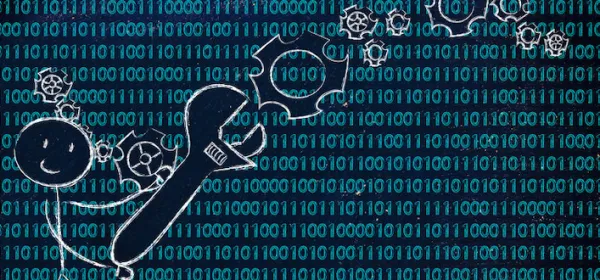Generative AI has sparked a revolution in feature design, shifting from chatbots to diverse applications. Notion AI and Grammarly lead the charge, enhancing content creation and message personalization. Summarization and insight recognition are also growing, as AI predicts outcomes and fosters empathy. The landscape is evolving rapidly, opening new possibilities for innovation.













